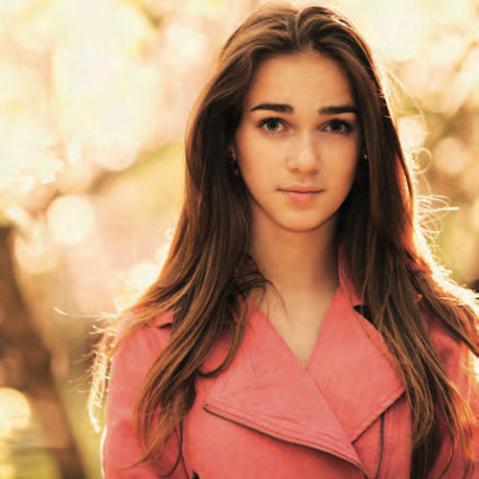Landscapes and shallow depth-of-field
Every now and again, you might find yourself taking a landscape shot in which having everything in focus doesn’t really work for some reason. Perhaps you want to focus on a particular subject and make it stand out from the rest of the scene. What to do?
 If you’re using framing in your shots, ensuring that the frames are slightly out of focus could help draw your viewer’s eye to the background.
If you’re using framing in your shots, ensuring that the frames are slightly out of focus could help draw your viewer’s eye to the background.
Once they’ve mastered taking great landscape shots, a lot of photographers find that the next logical step is to dial back the seemingly iron-clad rule of shooting landscapes with a small aperture, and explore shallow depth of field.
When it comes to portraiture, we’re accustomed to the idea that a large aperture puts everything in the background out of focus. That’s true, but only because we are focusing on a point closer to the camera. There’s no law against using a larger aperture and focusing on infinity. This does the opposite; it blurs the foreground and keeps the background in crisp focus, which looks beautiful for some compositions.
 Shallow depth of field helps highlight details, like these footprints, in some landscape shots.
Shallow depth of field helps highlight details, like these footprints, in some landscape shots.
It’s not all foreground or background either; if you have a telephoto lens and a sufficiently wide aperture, such as ƒ/4 or ƒ/5.6, you can focus on something in the middleground of a composition and have both the foreground and background blurred, which can create gorgeous and visually interesting shots.
You can have a lot of fun creating dynamic landscape photos without using maximum depth of field. Simply decide on what needs to be in focus and what doesn’t. For example, a field of wild flowers with a tree in the middleground may look good using maximum depth of field, but using a larger aperture for a narrower depth of field can make the tree a better focal point by blurring the wild flowers and the sky behind the tree, which gives the shot a more interesting, artistic feel.
For landscapes, it’s easy to stick to the ‘wide depth of field’ rule, and it’s all too easy to leave your camera at a small aperture. Break the mold and experiment with a variety of apertures—it may just make your landscapes sparkle.
The Rules of Photography and When to Break Them is Haje Jan Kamp’s exciting exploration of all the rules that we’re taught make pictures great, and a deconstruction of them to show you how to make glorious images that sing to your own tune!
 The Rules of Photography and When to Break Them
The Rules of Photography and When to Break Them
Haje Jan Kamps
Download the PDF now!
RRP for print edition: £17.99



